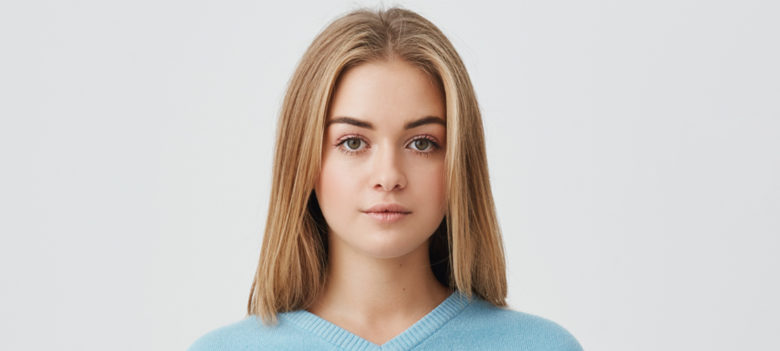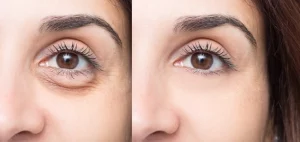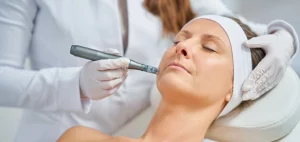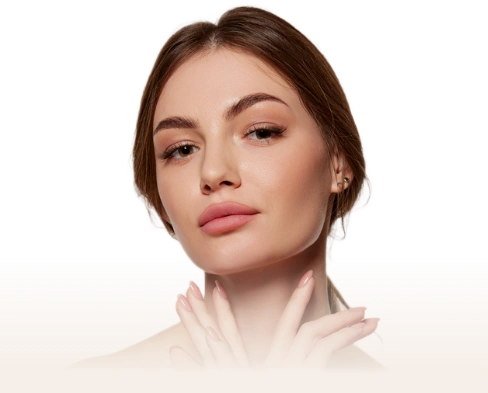Botulinum toxin, which also causes botulism, is the source of the protein that gives rise to Botox. Botox is technically harmful, but it offers several advantages when administered in minimal doses by a licensed physician.
Since Botox is a neurotoxin, it disrupts the neurological system’s signals to the muscles responsible for forming facial expressions. The neurotoxin’s capacity to prevent the release of acetylcholine, a substance that serves as the messenger between the neurons and the muscles, causes the interference.
The muscles close to the injection site cannot contract when acetylcholine is blocked, which causes them to loosen up. The facial muscles’ inactivity lessens the appearance of wrinkles and fine lines.
The areas around the eyes, forehead, and between the eyebrows receive the most extraordinary requests for facial injections. Although it varies from person to person, the effects of Botox can be evident in three to 14 days after injections and typically last three to twelve months.
This blog will educate you on how botox for droopy eyelids can be fixed and how it is caused.
What Are Droopy Eyes?
The upper eyelids sag excessively when there are droopy eyes. The upper eyelid’s edge can be lower than it should be (ptosis), or the upper eyelid may have too much loose skin (dermatochalasis) – Droopy eyes are mostly a combination of these two ailments.
Now you know what droopy eyes are, and such a condition is known as Ptosis.
One of the most commonly used cosmetic procedures is Botox injectables. Even though the treatment is short and straightforward, botched Botox injections might have adverse effects. For instance, some Botox patients experience droopy eyelids after treatment but are unsure how long they will remain. Today, many doctors have joined the Botox bandwagon and are frequently administering it to their patients. You must’ve noticed an increase in complications from cosmetic treatments, and in some cases, even medical consequences – as a result of the rising number of inexperienced practitioners offering to claim expert-level services.
What Causes Droopy Eyelid After Botox?
What causes eyelids to droop? Botox paralyzes the muscles close to the injection site and prevents the neurological system from inducing movement; nonetheless, an unpleasant reaction is always possible.
According to one study, ptosis nearly exclusively results from Botox injections given by a novice injector.
How, therefore, can Botox result in droopy eyelids?
What Are The Three Common Side Effects And Risks of Botox?
Side Effect/ Risk | Description | Management |
Bruising and Swelling | Temporary bruising and swelling at the injection site. | Apply ice before and after injection; avoid blood thinning medications. |
Headache | Mild headaches may occur after the injections. | Use over-the-counter pain relievers, stay hydrated, and rest. |
Droopy Eyelids (ptosis) | Drooping of the eyelids if Botox affects nearby muscles. | Use apraclonidine (lopidine) eye drops temporarily; consult your practitioner. |
Why Do My Eyelids Droop After Botox?
Once injected, the Botox spreads throughout the vicinity of the injection site. A depressed, droopy eyebrow will arise from an injection in the forehead area that spreads and affects the brow muscles. The eyelids may become crowded by the sagging brow, giving the face a saggy aspect.
The levator muscles that hold up the upper eyelid may also become paralyzed if the injection is made in the area between the brows, resulting in droopy eyes.
In addition to being unsightly, extreme eyelid drooping can impair vision. Adjusting for the obstruction over time can strain your neck and eyes when you tilt your head back to see.
How To Treat Eyelid Droop?
The eyelid droop from Botox, like the effects of Botox, is transient, despite the significant risk of paralyzing the eye muscles in exchange for a more youthful appearance. According to surgeons at the Aesthetic Society, Botox-induced eyelid or eyebrow drooping after Botox should go away in four to six weeks. Still, it might take three to seven months.
How to fix droopy eyebrows these two significant ways:
- Activate The Sluggish Muscles
Reduce the time it takes for Botox to dissolve by stimulating the afflicted muscles. Exercising the power sagging or using electrical stimulation are two ways to do this.
According to practitioners, the back of an electric toothbrush should be gently rubbed over the problematic area for a few minutes each day. The toothbrush’s vibrations will assist in reawakening the muscles that the Botox injection rendered inactively.
- Clonidine Eye Drops
Clonidine eye drops are an alternative if using an electric toothbrush on your eyelids sounds a little too strenuous for you. The drops force particular eye muscles to contract and send signals to receptors, which causes the lid to rise 1 to 2 mm. While it’s typical for one or two eye drops to be administered three times a day, your ophthalmologist will be able to assess your condition and prescribe the appropriate treatment.
Preventing Botox-induced eyelid droop from Botox is the recommended course of action. Successful Botox injections require a skilled medical practitioner with experience and training.
The person performing the treatment and the location where it will be carried out should be thoroughly vetted before you consent to any medical procedure, invasive or not.
How To Reverse Droopy Eyelid From Botox?
To reverse droopy eyelids caused by Botox:
- Use Apraclonidine Drops: These can temporarily lift the eyelid.
- Consult Your Practitioner: They may recommend additional treatments or adjustments.
- Time: Patience is key, as the effects of Botox will naturally wear off.
Can Botox Help Hooded Eyelids?
Yes, Botox can help hooded eyelids by lifting the brow and providing a more open appearance to the eyes. This is achieved by injecting Botox into the muscles that pull the brow downward, allowing the brow to lift slightly.
How To Avoid An Early Sign of Botox Ptosis?
To avoid Botox eyelid ptosis:
- Choose an Experienced Practitioner: Ensure they have a good understanding of facial anatomy.
- Follow Post-Treatment Care Instructions: Avoid rubbing the treated area and refrain from lying down immediately after the procedure.
- Look for Early Signs: Slight drooping or heaviness in the eyelid can indicate the onset of ptosis. Contact your practitioner if you notice these signs.
How Long Does Droopy Eyelid Last After Botox?
Droopy eyelids caused by Botox typically last 3-4 months, coinciding with the duration of Botox’s effects. Once the Botox wears off, the droopiness should resolve.
How Many Units of Botox For Droopy Eyelids?
The number of Botox units required for droopy eyelids varies based on individual needs and the extent of the droop. A consultation with a qualified practitioner is necessary to determine the appropriate dosage.
Where To Inject Botox For Hooded Eyes?
Botox injections for hooded eyes are typically placed on the forehead and around the outer edges of the eyes (crow’s feet) to lift the brow and open up the eyes. Precise placement is crucial for effective results.
How Much Does It Cost To Fix Drooping Eyelids?
The botox brow lift cost can vary widely depending on the practitioner and location. On average, Botox treatments can range from $200 to $600 per session. Consulting with your provider will give you a better idea of the cost specific to your treatment.
What Are The Benefits of Botox For Droopy Eyelids?
Botox offers several benefits for droopy eyelids, including:
- Provides a lift without the need for surgery.
- Noticeable improvement within days.
- Little to no recovery time is required.
Pictures Of Eyelid Droop After Botox
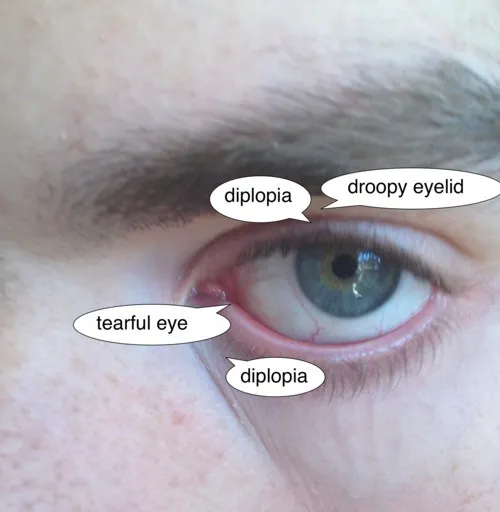
Botox Eyelid Lift Before and After
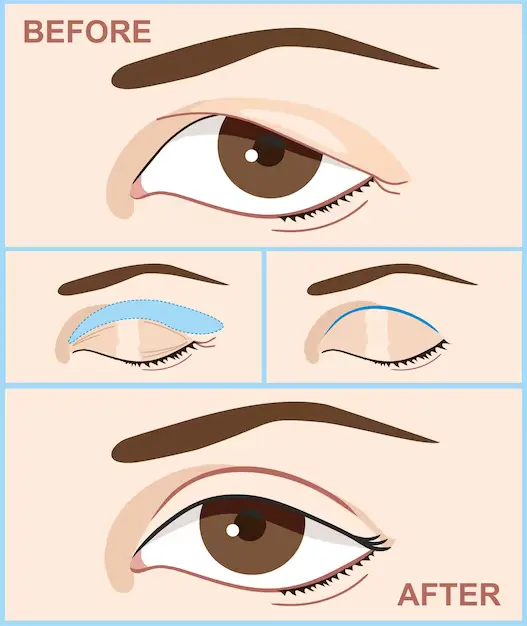
Botox Before and After Eyes
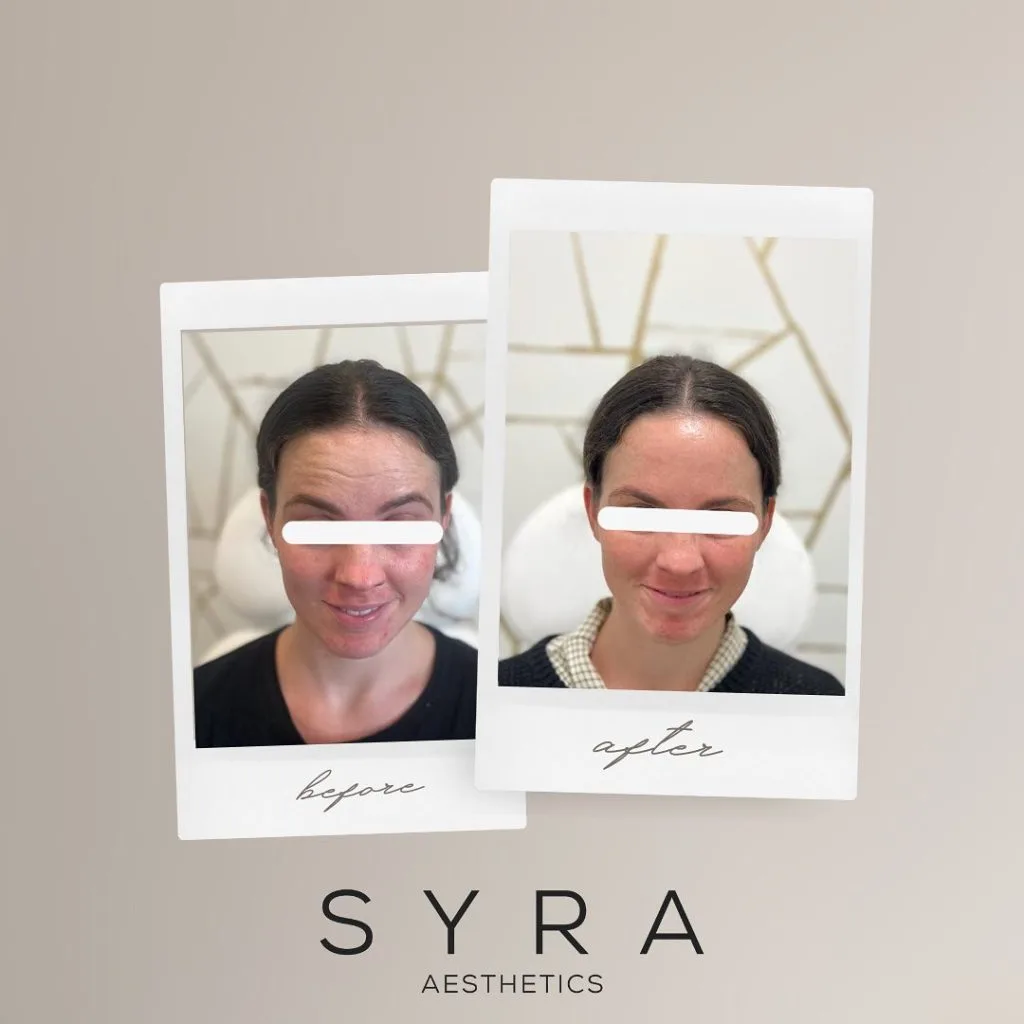
Hooded and Non-Hooded Eyes
Feature | Hooded Eyes | Non-Hooded Eyes |
Definition | An extra layer of skin that droops over the crease | Visible eyelid crease without overhanging skin |
Appearance | Eyelids appear smaller or hidden | Eyelids appear more open and defined |
Eyelid Crease | Less visible or hidden when eyes are open | Clearly visible when eyes are open |
Makeup Application | Can be challenging; may need special techniques | Easier to apply and more visible |
Common Concerns | Can give a tired or aged appearance | Typically doesn’t affect the perceived eye size or shape |
Causes | Genetics, aging, or both | Natural anatomy |
Treatment Options | Botox, surgical procedures (blepharoplasty) | Generally, no treatment is needed |
Effect of Botox | Can lift the brow, reducing the appearance of hooding | Used for reducing wrinkles and fine lines around the eyes |
What Not To Do After Botox?
- Avoid Rubbing the Treated Area: This can cause the toxin to spread.
- Do Not Lie Down Immediately: Stay upright for at least 4 hours post-treatment.
- Refrain from Strenuous Activity: Avoid vigorous exercise for 24 hours.
What Can You Expect During Your Consultation for Hooded Eye Treatment?
During your consultation, your practitioner will:
- Assess Your Facial Anatomy: Determine the best injection sites.
- Discuss Your Goals: Understand your desired outcome.
- Create a Treatment Plan: Tailor a plan specific to your needs.
Why Should You Entrust Your Botox Eyelid Treatment to a Board-Certified Dermatologist?
A board-certified dermatologist has the expertise and training to perform Botox injections safely and effectively. They understand facial anatomy in depth and can minimize the risk of complications while achieving optimal results.
Conclusion
Your physician might advise ptosis surgery. The levator muscle is contracted during this process. The eyelid will be raised into the desired position as a result. Doctors occasionally might also suggest invasive procedures such as surgery for kids with ptosis to delay the development of a lazy eye (amblyopia).
Board-certified experts at Syra Aesthetics can be the perfect option for you to materialize all your aesthetic desires, in the safest possible manner, without experiencing any complications or adverse effects.
Frequently Asked Questions
Can you fix droopy eyelids with Botox?
Botox can help to improve the appearance of droopy eyelids in some cases by relaxing the muscles around the eyes, which can result in a slight lift. However, it is not a solution for severe drooping (ptosis) caused by muscle or nerve issues.
Can Botox brow lift eyelids non-surgical brow lift?
Botox can provide a temporary lift to the eyebrows, which can give the appearance of lifted eyelids. This is often referred to as a “Botox brow lift.” However, it is not a substitute for surgical eyelid lifts in cases of significant drooping.
What eye drops are good for Botox upper eyelid droop?
Eye drops containing apraclonidine (Iopidine) can sometimes be used to temporarily lift a droopy eyelid caused by Botox. These drops work by stimulating a muscle in the eyelid to contract.
Can Botox lift under-eye bags?
Botox is generally not used to lift under-eye bags. Dermal fillers are more commonly used to address under-eye bags by filling in the hollow areas and reducing the appearance of puffiness.
Does insurance cover Botox for hooded eyes?
Insurance typically does not cover Botox for cosmetic reasons, including the botox treatment of hooded eyes. However, if the hooded eyes are causing functional issues such as obstructed vision, some insurance plans might cover the treatment.
How to fix droopy eyes 2 weeks after Botox injections?
If you experience droopy eyes (ptosis) after Botox, you can try using apraclonidine (Iopidine) eye drops, which may help lift the eyelid temporarily. It’s also important to consult with your doctor or the practitioner who administered the Botox brow lift procedure for further advice and potential solutions. In most cases, the effects of Botox will naturally wear off over time, and the droopiness should improve within a few weeks to a few months.
Can surgical brow lifts remove sagging skin around eyelids?
Yes, an eyelid surgery can remove sagging skin around the eyelids. Upper lid blepharoplasty elevates the brow and tightens the surrounding skin, reducing excess eyelid skin.

About The Author
Dr. Syra Hanif M.D.
Board Certified Primary Care Physician
Dr. Hanif is the Director of Aesthetic Medicine. She is a board-certified physician in Aesthetic Medicine who specializes in using non-surgical alternatives in order to enhance one's appearance through Botox and fillers.
Read More




